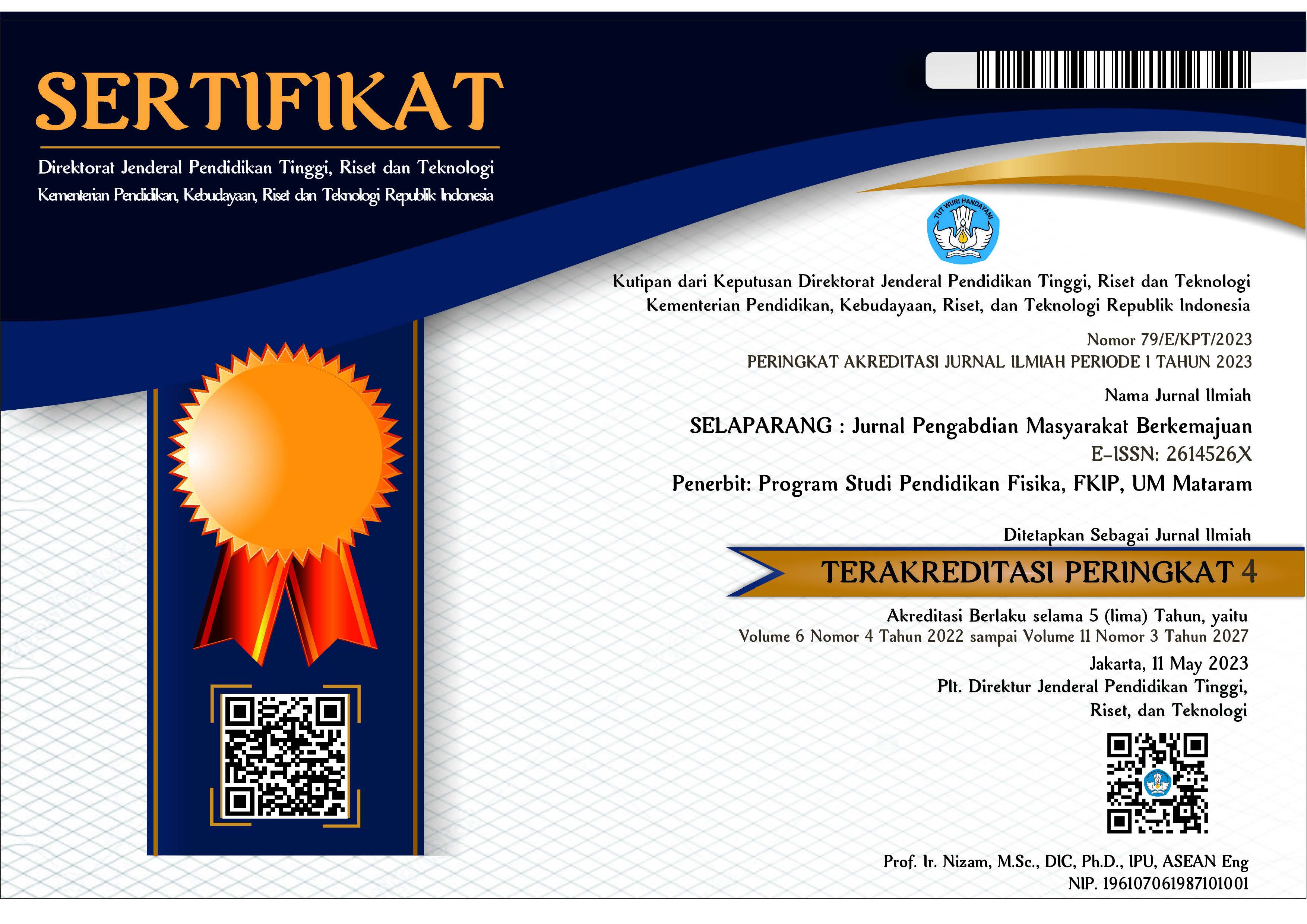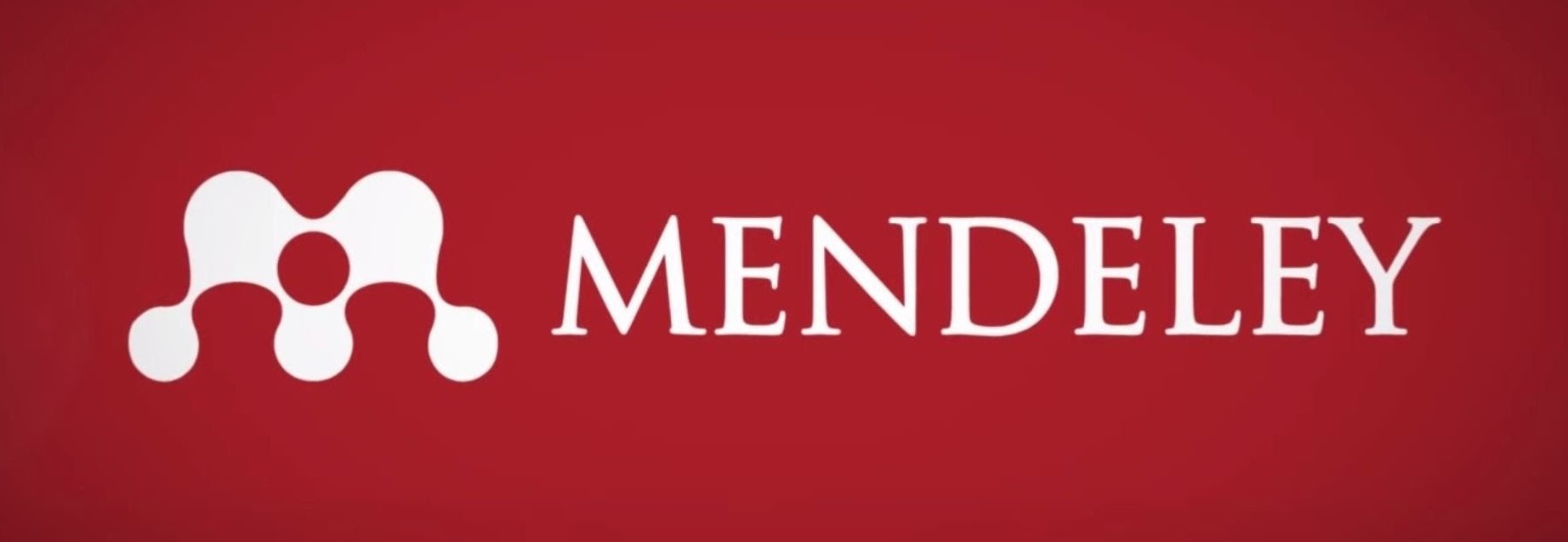PEMANFAATAN VILLAR (VIRTUAL LABORATORY 5.0 BASED ON AUGMENTED REALITY) SEBAGAI MEDIA PEMBELAJARAN DI SMK PERDANA
Abstract
ABSTRAK
Teknologi dalam pembelajaran dapat membantu sekolah dalam meningkatkan kompetensi dan motivasi siswa. Hal ini bertepatan dengan tren Education 5.0 dimana teknologi memainkan peran penting dalam proses pembelajaran hingga media pembelajaran yang digunakan. Sekolah harus mampu menyesuaikan transisi baru ini agar siswa mampu dalam berkompetisi kedepannya. Saat ini banyak sekolah yang belum mampu memanfaatkan teknologi dengan baik sehingga berpengaruh pada kualitas pembelajaran. Penggunaan media belajar Virtual Learning based on Augmented Reality (VILLAR) merupakan salah satu solusi yang diimplementasikan dalam mengatasi rendahnya kualitas pembelajaran dalam keterampilan siswa. Kegiatan pengabdian ini dimulai dengan Analisa permasalahan, penggalian data, pre-test, treatment dan pelatihan, dan di akhiri dengan post-test. Objek dari pengabdian ini adalah siswa kelas XI di SMK Perdana Semarang yang berjumlah 35 siswa. Hasil pre-test dan post test dengan menggunakan Analisa N-Gain Test menunjukkan bahwa terdapat peningkatan hasil belajar siswa dengan tingkat persentase sebesar 86%. Hal ini dapat dikatakan bahwa produk tersebut cukup efektif dalam meningkatkan hasil belajar siswa dilihat dari hasil pre-test dan post-test siswa.
Kata kunci: augmented reality; education 5.0; villar; virtual laboratory.
ABSTRACT
The contents of the abstraction, between 150-300 words, just one paragraph. If you see gray letters here, the fault is not in your eyes. This form is made by utilizing the facilities provided by MsWord. It seems, to make things easier, use the same language you use in your writing. Use the Abstract Fill style for this format. If you use this template correctly, all numbering will be generated automatically. So you don't need to edit it manually. Of course, if you create a section of this paper that requires numbering after this template, the number will continue with the existing part number. Again, you don't need to edit the part numbers, because if the contents of this template are deleted, the numbers will be sorted by themselves. If you want to try to delete the contents of this template, please back up first.
Keywords: augmented reality; education 5.0; villar; virtual laboratory.
Keywords
Full Text:
PDFReferences
Adawiyah, A., Sadiyah, I. H., Nursyifa, D., & Widanings, A. S. (2022). Literasi Digital Melalui Realitas Virtual dalam Pembelajaran Kosakata. Jurnal Pengabdian Kepada Masyarakat, 12(1), 21–26. https://doi.org/10.30999/jpkm.v12i1.1739
Akhyar, Y., Fitri, A., Zalisman, Z., Syarif, M. I., Niswah, N., Simbolon, P., Purnamasari S, A., Tryana, N., Abidin, Z., & Abidin, Z. (2021). Contribution of Digital Literacy to Students’ Science Learning Outcomes in Online Learning. International Journal of Elementary Education, 5(2), 284. https://doi.org/10.23887/ijee.v5i2.34423
Hartono, R., Liliana, L., Yulia, Y., & Basuki, K. (2019). Pembuatan Aplikasi Augmented Reality Pembelajaran hewan. ISSN 2502-3632 (Online) ISSN 2356-0304 (Paper) Jurnal Online Internasional & Nasional Vol. 7 No.1, Januari – Juni 2019 Universitas 17 Agustus 1945 Jakarta, 4(2), 1689–1699. www.journal.uta45jakarta.ac.id
Inayah, S., Herman, T., Juandi, D., Pahmi, S., Sugiarni, R., Supriyadi, E., Fauzi, A. L., Sarah, R., & Iskandar, F. (2022). Sosialisasi Penggunaan Teknologi Virtual Reality dan Augmented Reality dalam Pembelajaran untuk Menyongsong Era Metaverse. Jurnal Pengabdian Kepada Masyarakat Abdi Nusa, 2(3), 134–140.
Munir, A., Kansakar, P., & Khan, S. U. (2017). IFCIoT: Integrated Fog Cloud IoT: A novel architectural paradigm for the future Internet of Things. IEEE Consumer Electronics Magazine, 6(3), 74–82. https://doi.org/10.1109/MCE.2017.2684981
Nasution, Y. S., & Surya, E. (2017). Application of tps type cooperative learning in improving students’ mathematics learning outcomes. International Journal of Sciences: Basic and Applied Research (IJSBAR), 34(1), 116–125. https://gssrr.org/index.php/JournalOfBasicAndApplied/article/view/7564
Rachmi, H., Suryadithia, R., Hamid, A., Basa, P. M., Yanuar, A., Alidrus, R. A., Tantri, M., Alfiyandi, M., A, M. R. S., Bina, U., Informatika, S., Kramat, J., No, R., & Pusat, J. (2022). Pengenalan dan Pelatihan Augmented Reality untuk Pemberdayaan Masyarakat Digital pada Komunitas Bogor Mengabdi Augmented Reality untuk anggota Komunitas Bogor Mengabdi masih minim , salah satunya faktornya adalah karena belum banyaknya tenaga pengajar dis. 3(3), 201–209.
Ramli, M. (2012). Media Teknlogi dan Pembelajaran. В IAIN Antasari Press. https://idr.uinantasari.ac.id/10306/1/BUKU UTUH MEDIA DAN TEKNOLOGI PEMBELAJAR-M.RAMLI.pdf
Ritonga, S., Safrida, S., Huda, I., Supriatno, & Sarong, M. A. (2020). The effect of problem-based video animation instructions to improve students’ critical thinking skills. Journal of Physics: Conference Series, 1460(1). https://doi.org/10.1088/1742-6596/1460/1/012107
Rizaludin, M., Fikriah, F. K., Hidayat, H., Informasi, S. T., Sains, F., & Teknologi, D. (2022). JAM-TEKNO. 3(2), 77–83.
Sadikin, A., & Hamidah, A. (2020). Pembelajaran Daring di Tengah Wabah Covid-19. Biodik, 6(2), 109–119. https://doi.org/10.22437/bio.v6i2.9759
DOI: https://doi.org/10.31764/jpmb.v7i3.16897
Refbacks
- There are currently no refbacks.

This work is licensed under a Creative Commons Attribution-ShareAlike 4.0 International License.
______________________________________________________
Jurnal Selaparang
p-ISSN 2614-5251 || e-ISSN 2614-526X
EDITORIAL OFFICE:



















